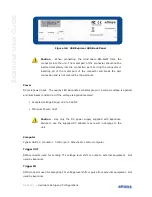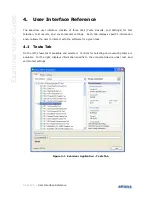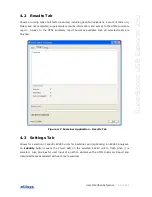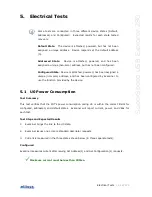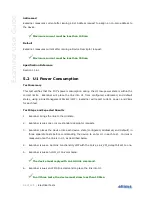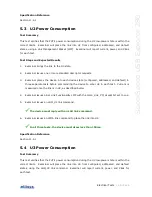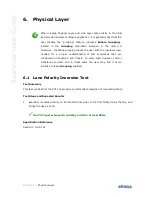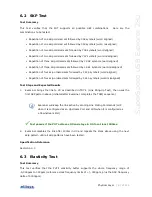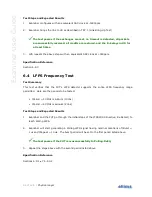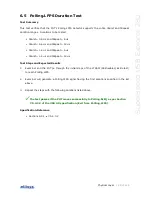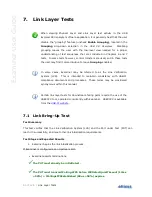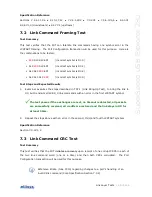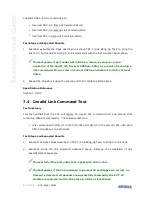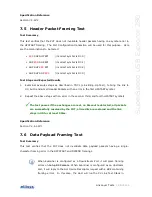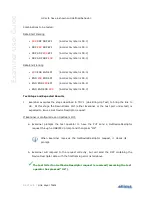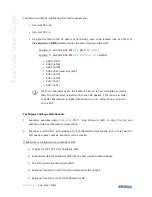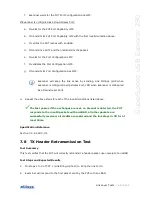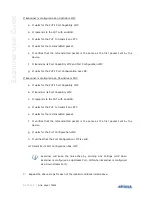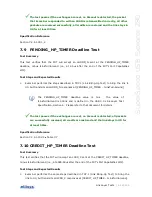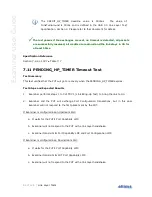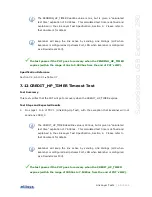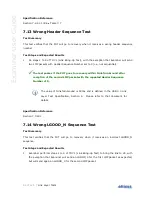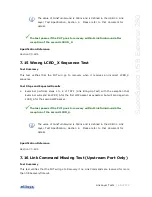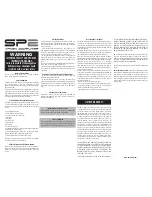
50 of 124 |
Link Layer Tests
Ex
ami
n
er
U
se
r
G
u
ide
7.
Link Layer Tests
When viewing Physical Layer and Link Layer test activity in the USB
Explorer 280 analyzer software application, it is generally best that the user
disable the “grouping” feature (uncheck Enable Grouping), located in the
Grouping drop-down selection in the USB 3.0 Overview. Disabling
grouping leaves the user with the low-level view needed for a proper
understanding of test sequences that are conducted in Chapters 6 and 7
tests. In some tests however, control transfers are used, and in these tests
the user may find it more intuitive to leave Grouping enabled.
In some cases, Examiner may be referred to as the Link Verification
System (LVS). This is intended to maintain consistency with USB-IF
compliance documents and procedures. These terms may be considered
synonymous within this manual.
Certain link layer tests for downstream-facing ports require the use of the
USB30CV tool, operated concurrently with Examiner. USB30CV is available
from the
USB-IF website
.
7.1
Link Bring-Up Test
Test Summary
This test verifies that the Link Verification System (LVS) and the Port under Test (PUT) can
reach U0 successfully, and meet other link initialization requirements.
Test Steps and Expected Results
1.
Examiner begins the link initialization process.
If Examiner is configured as an Upstream Port:
Examiner asserts terminations.
The PUT must already be in RxDetect.
The PUT must transmit Polling.LFPS before tRXDetectQuietTimeout (12ms
+50%) + tPollingLFPSEstablished (80us +50%) expires.

